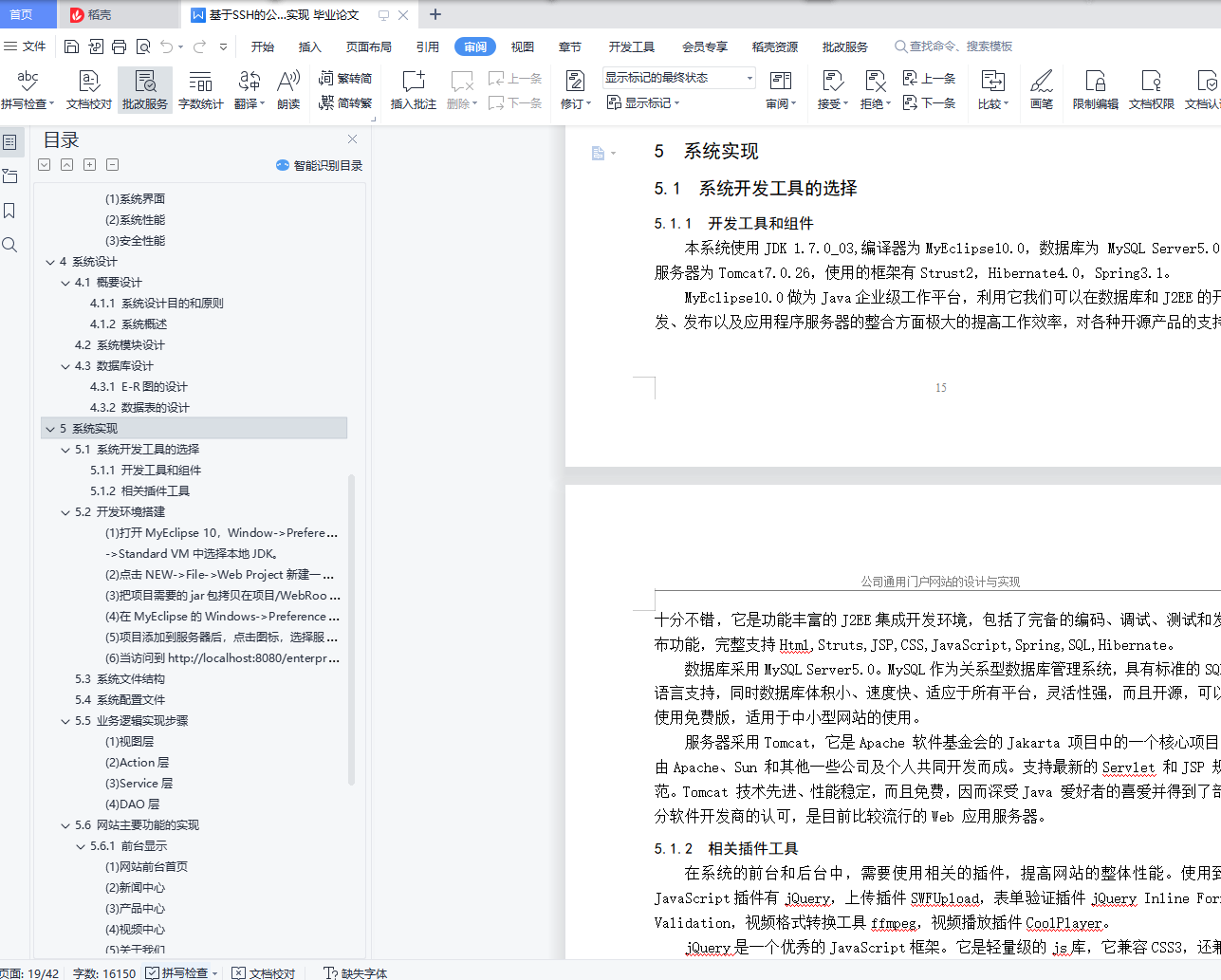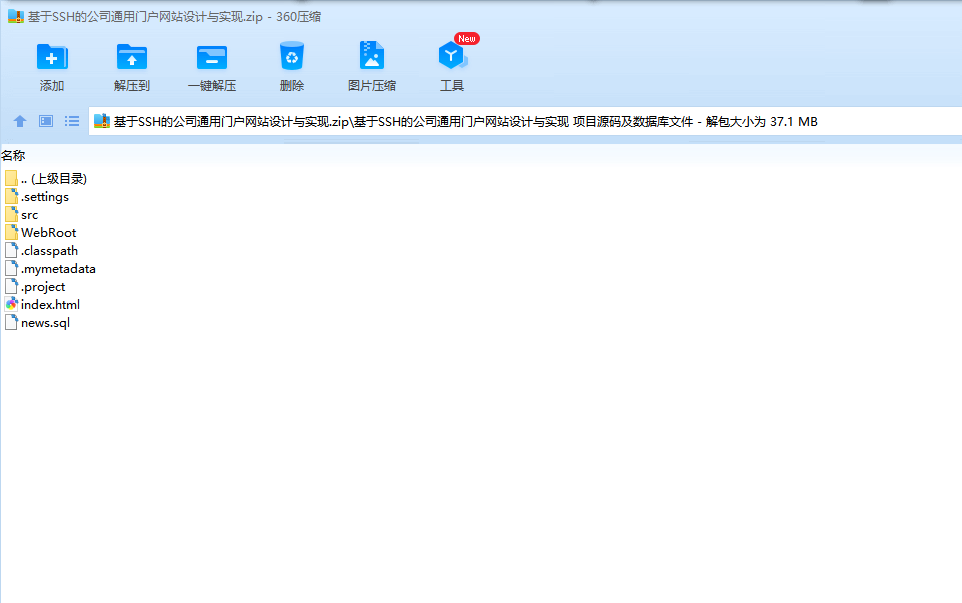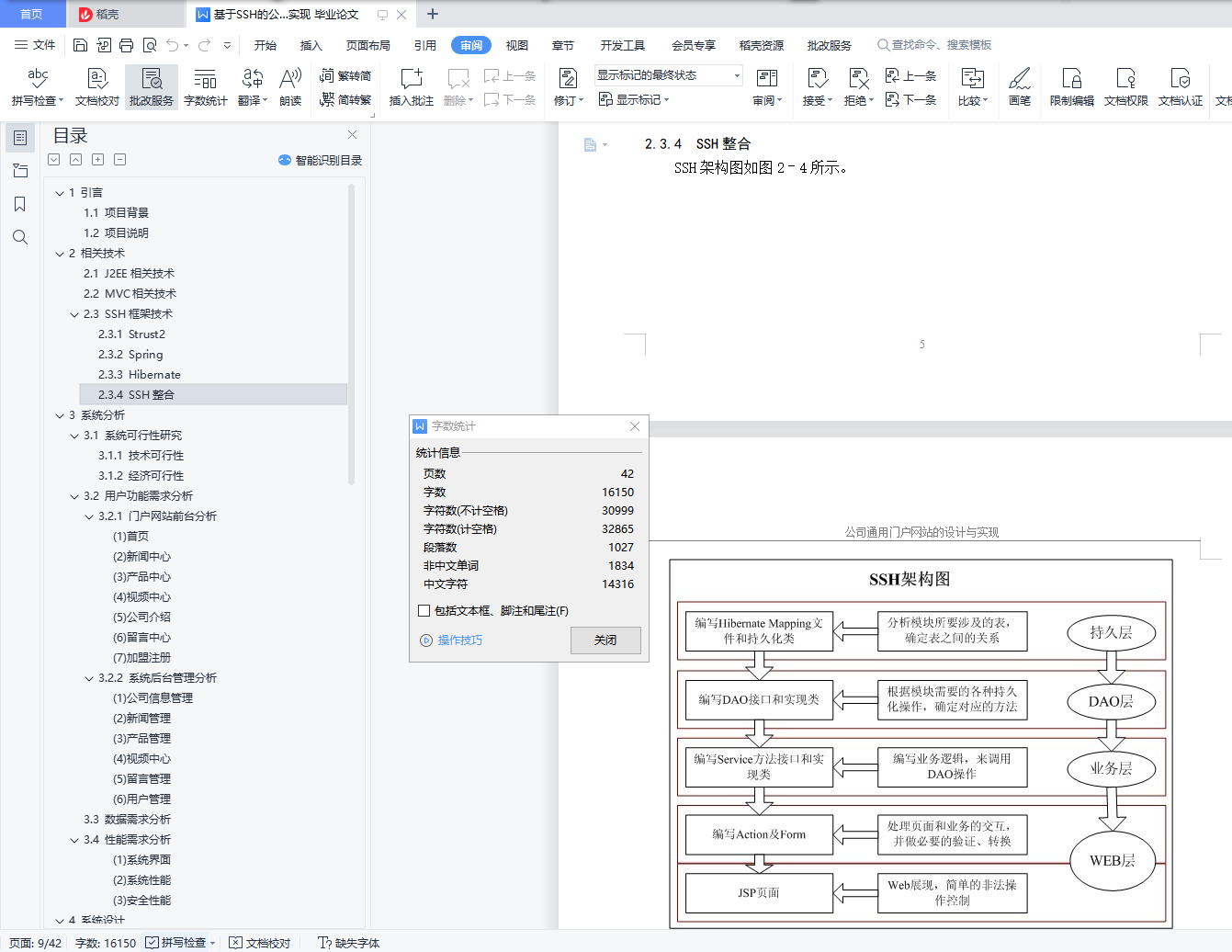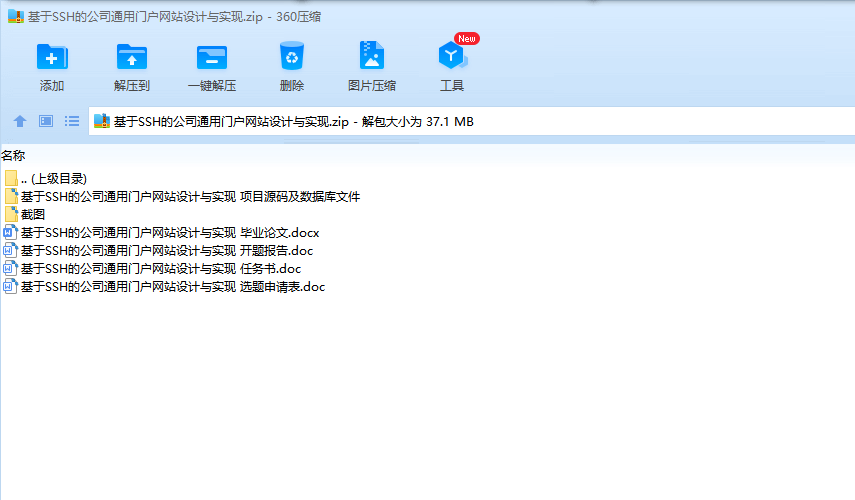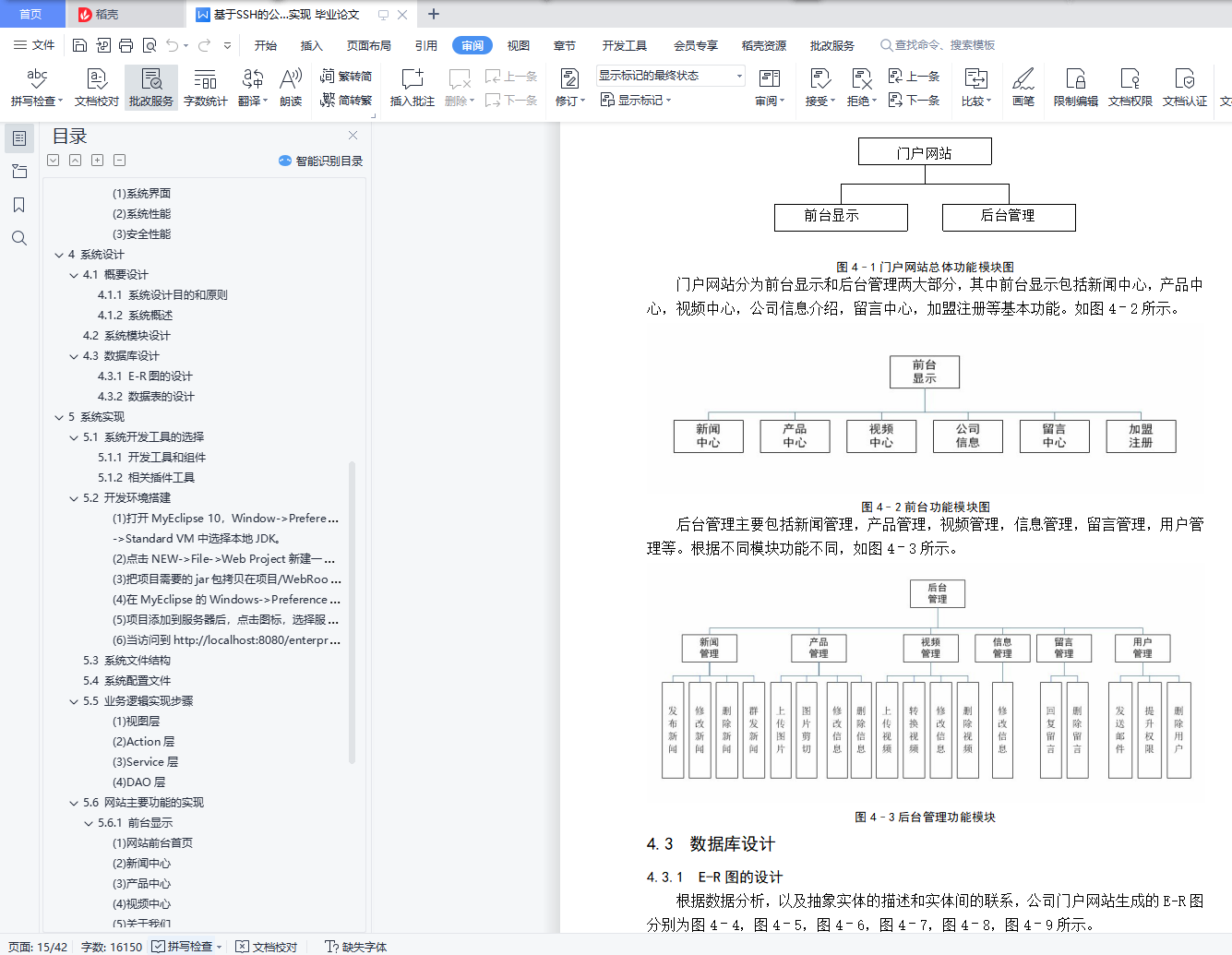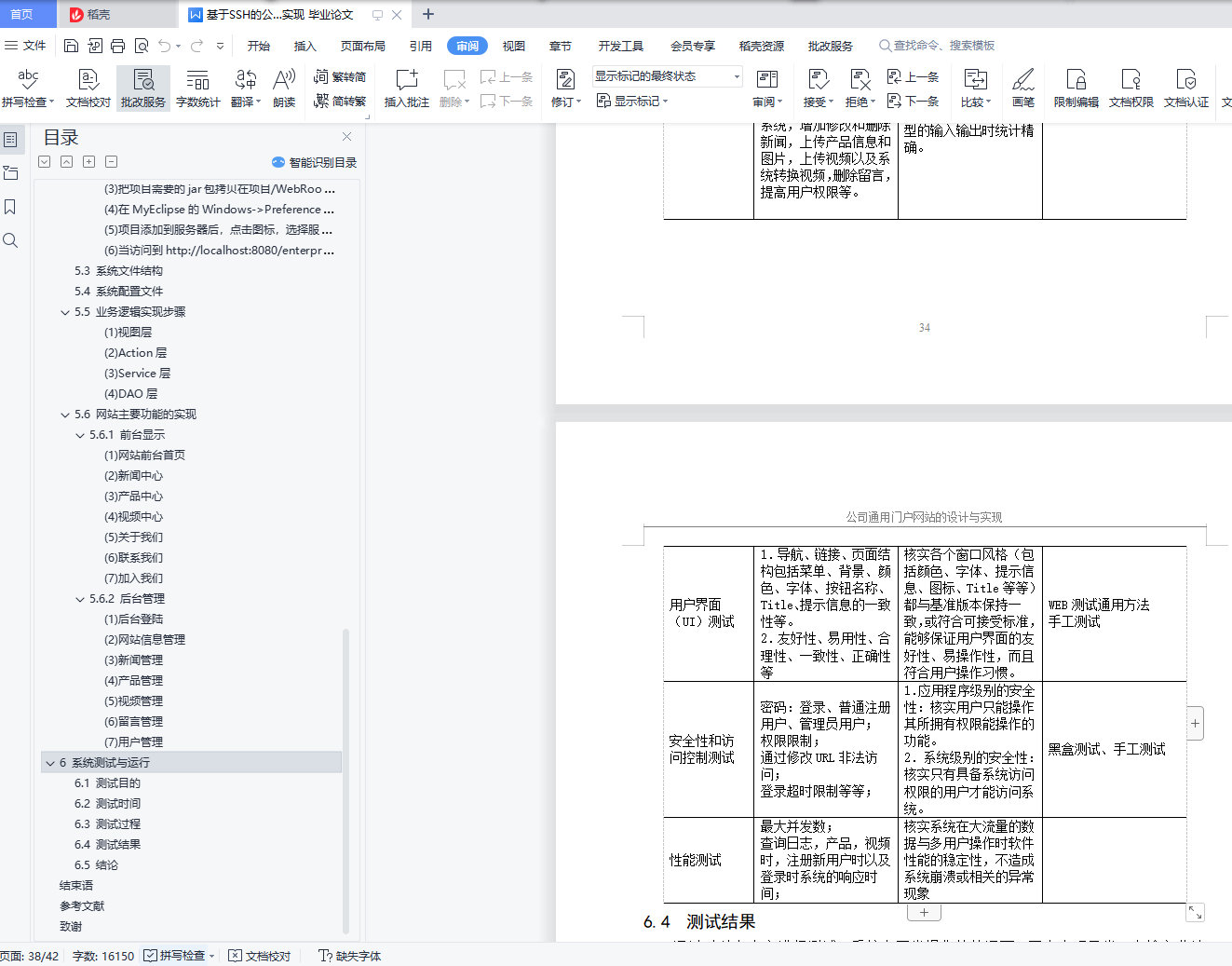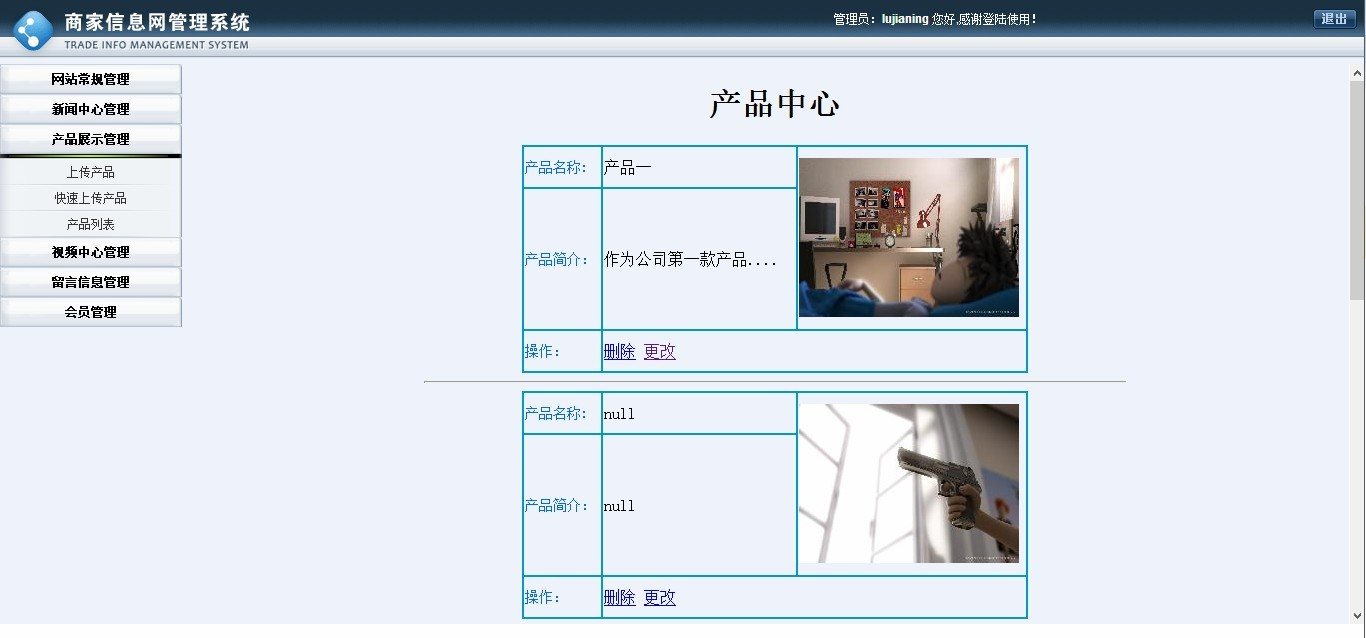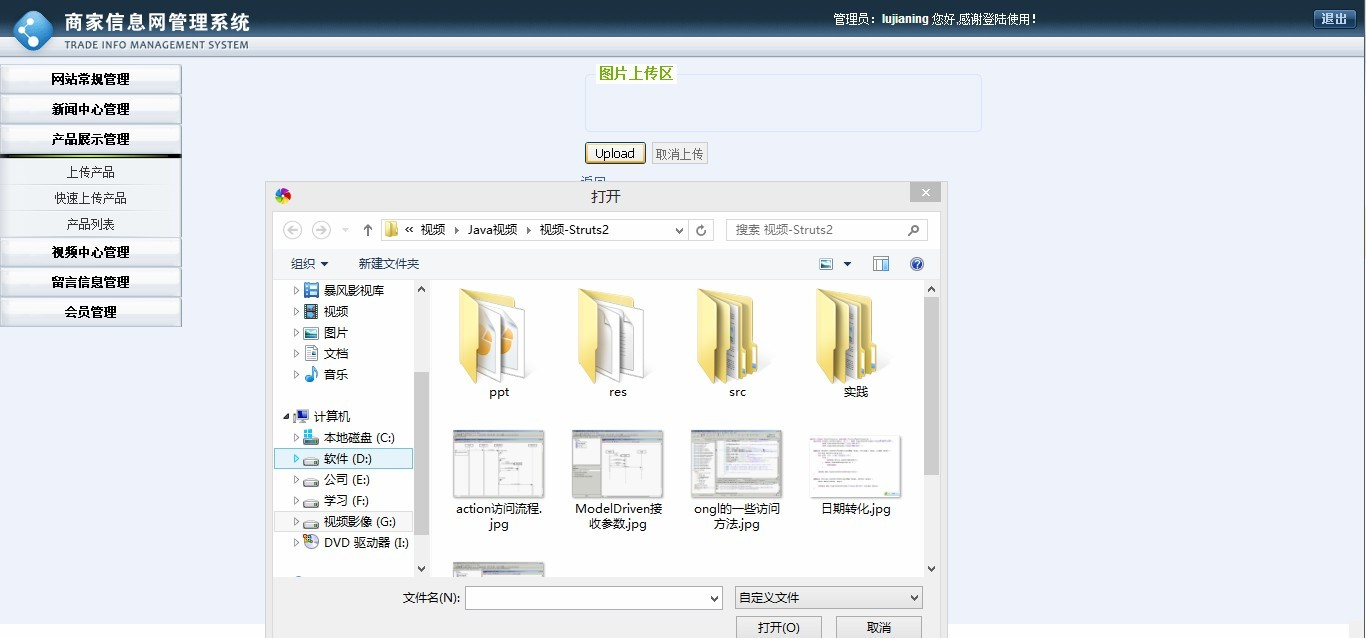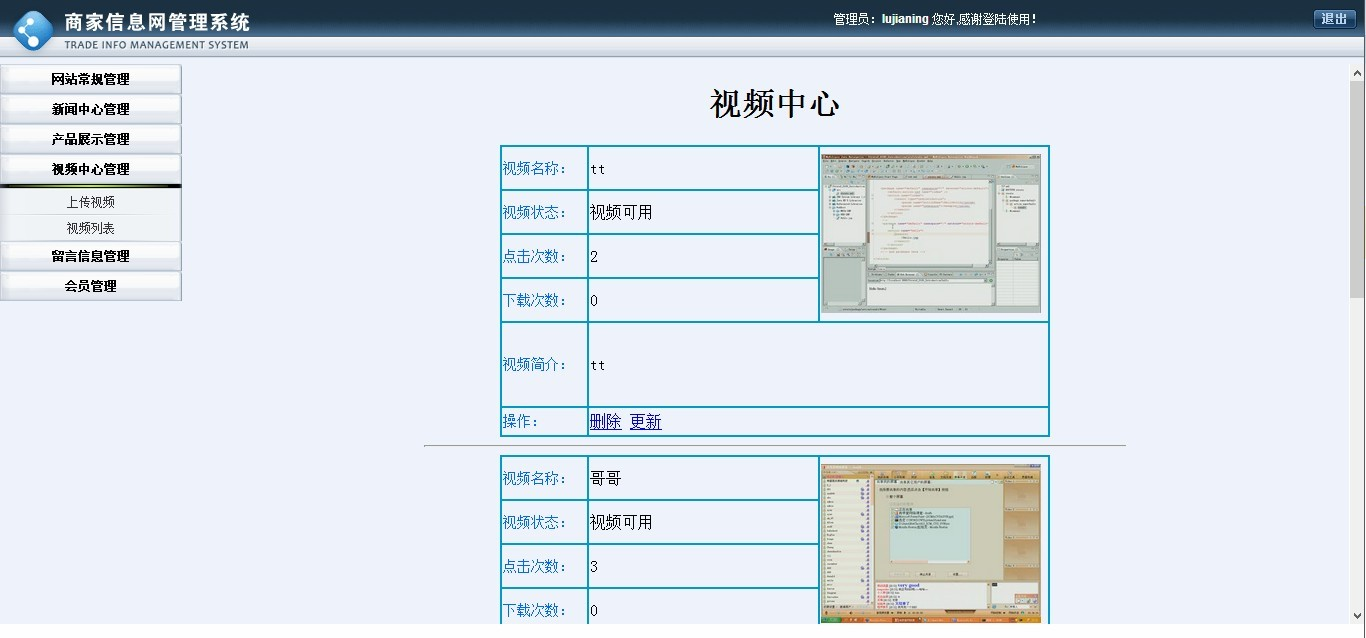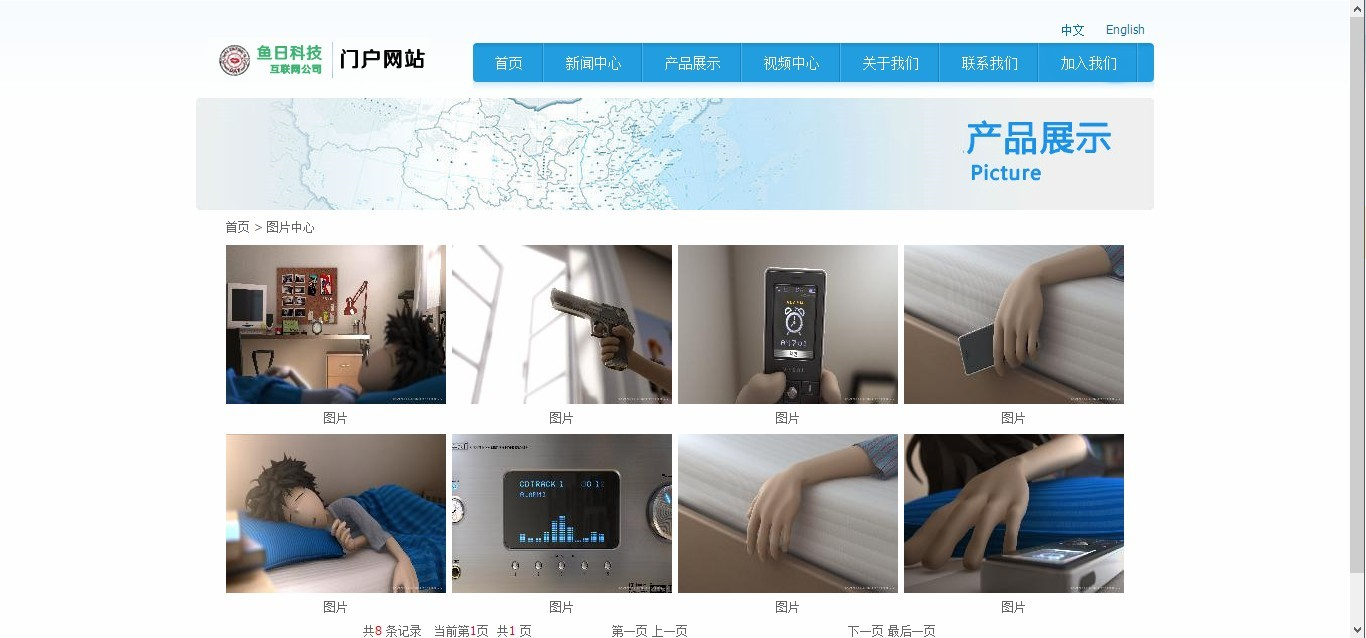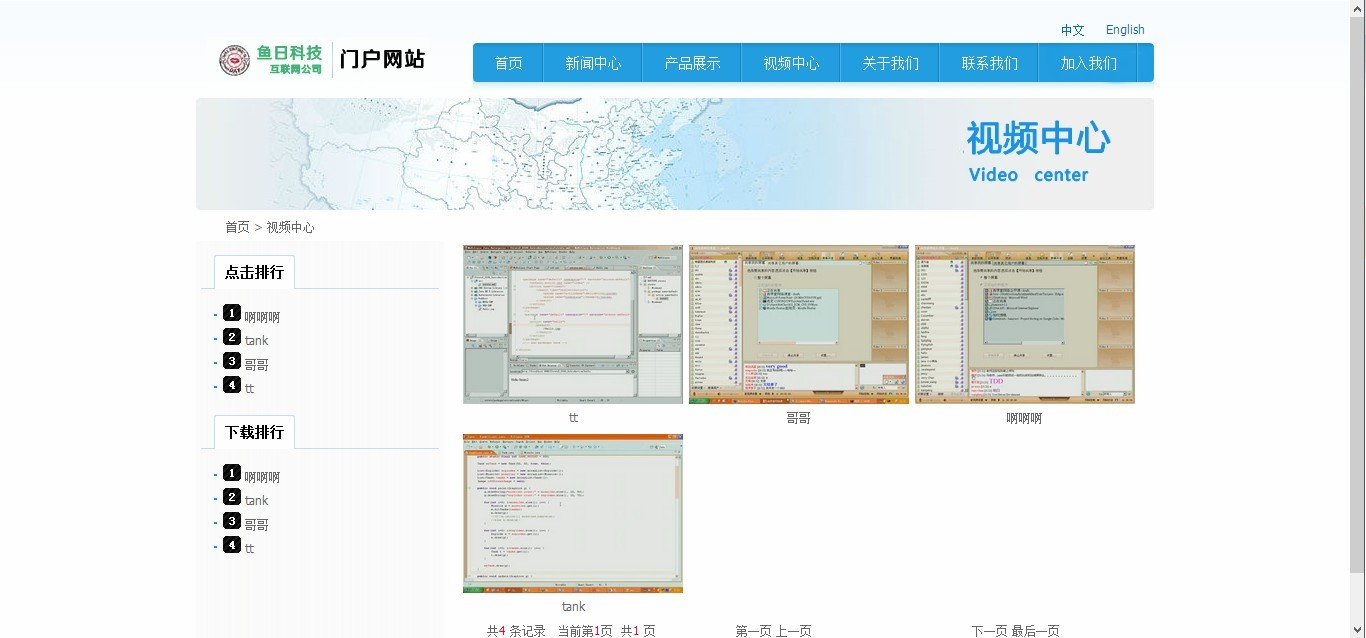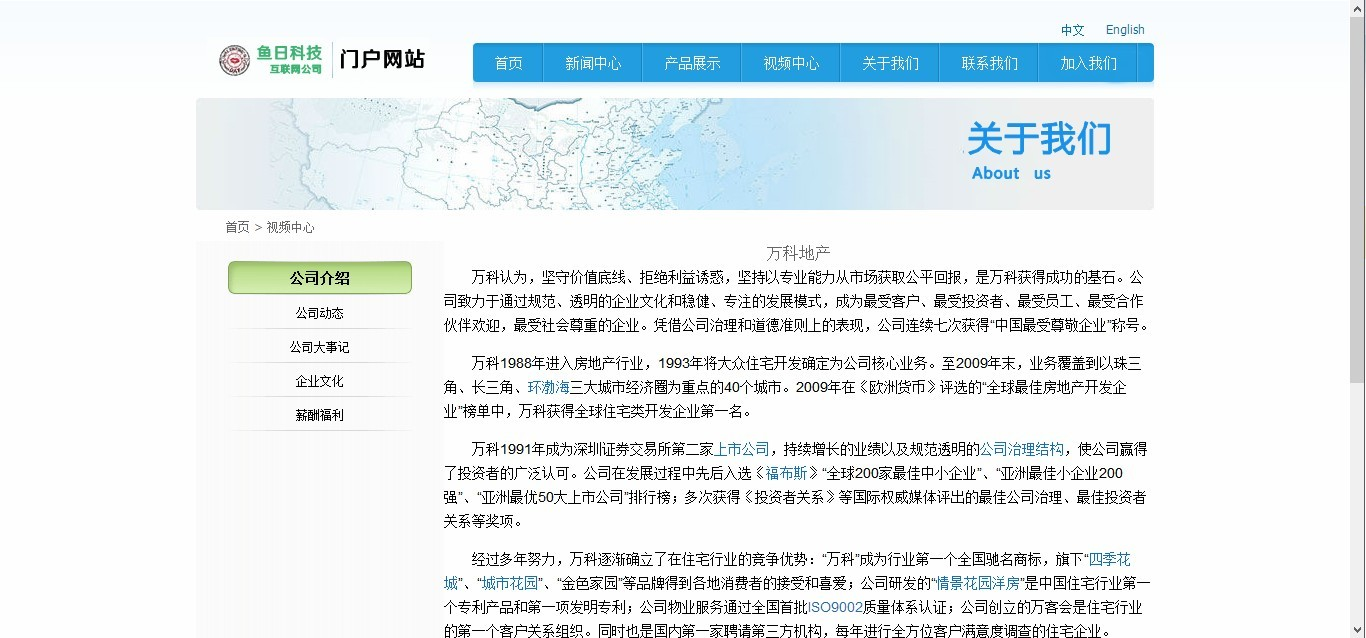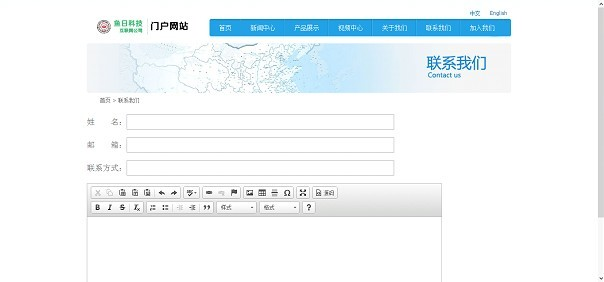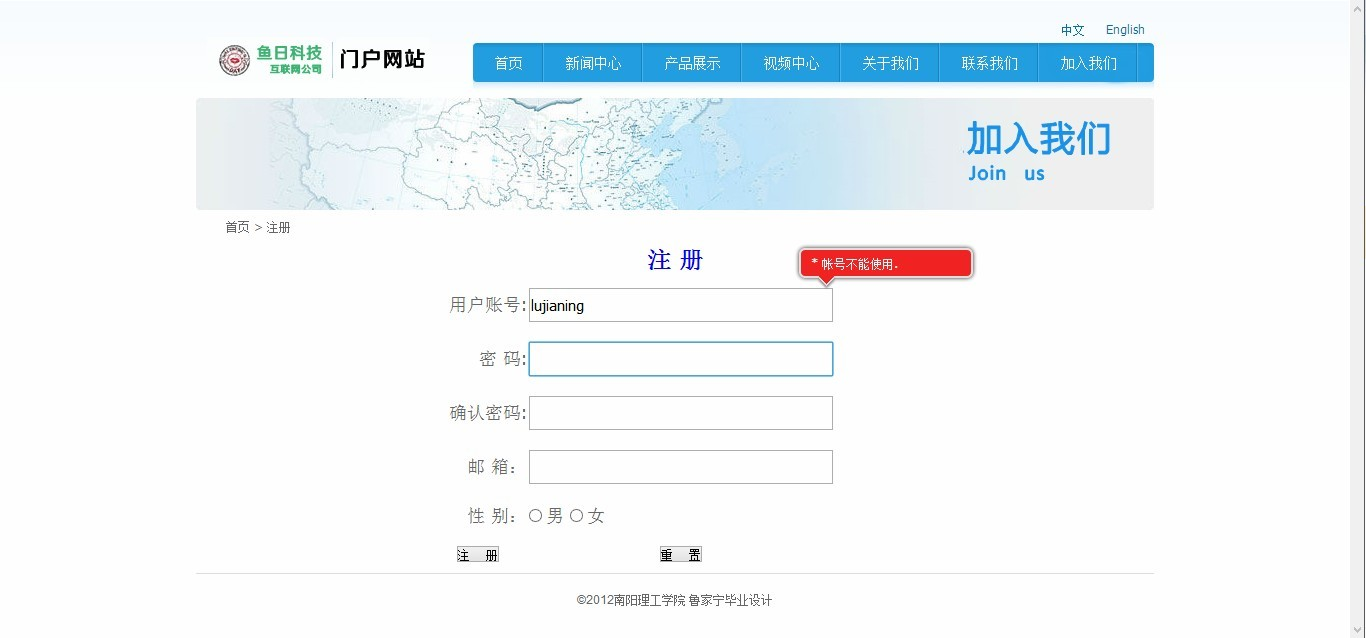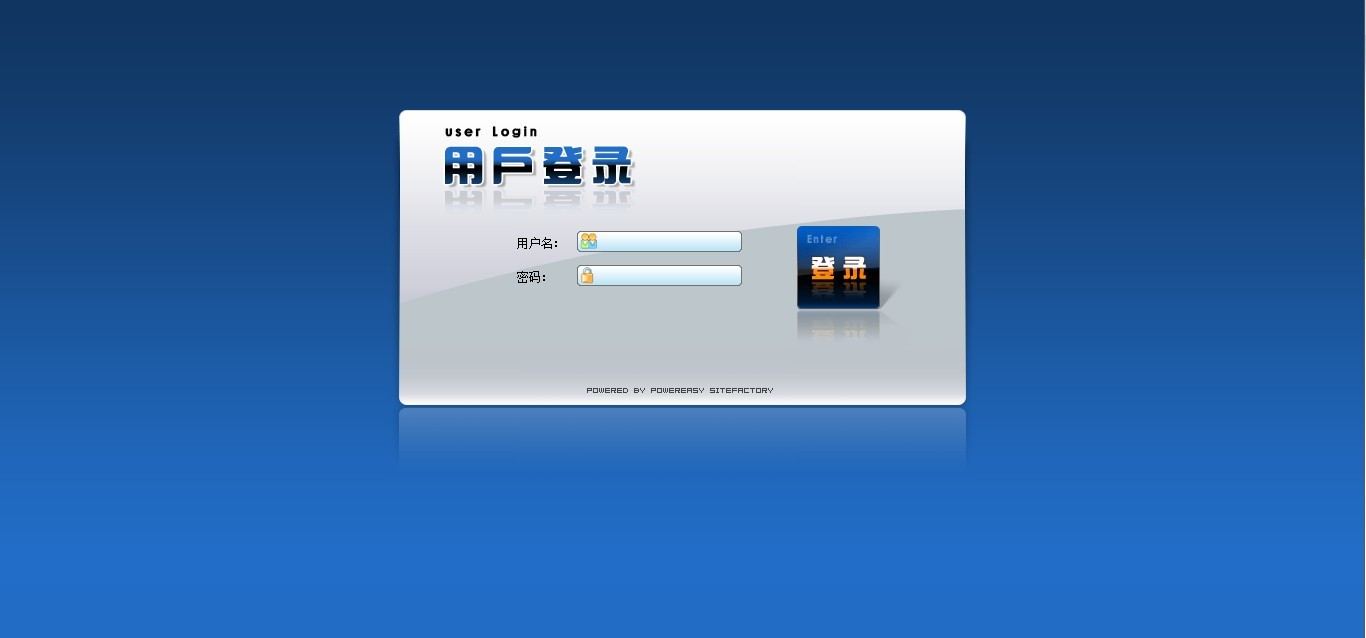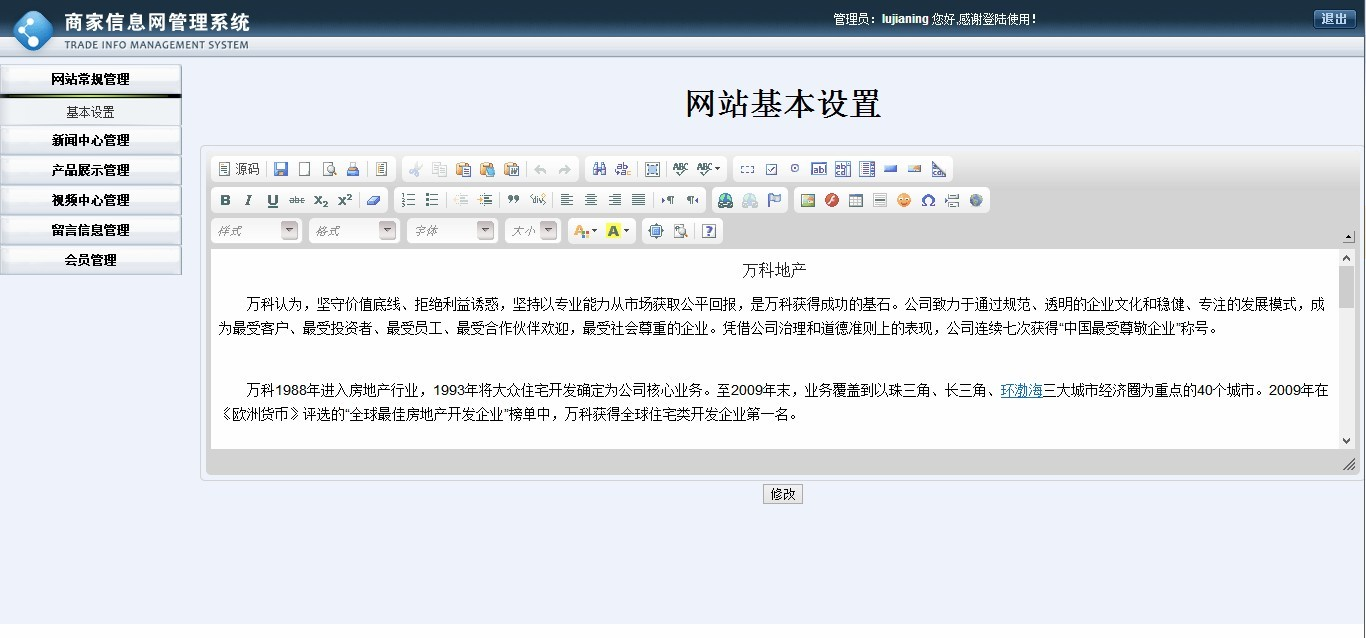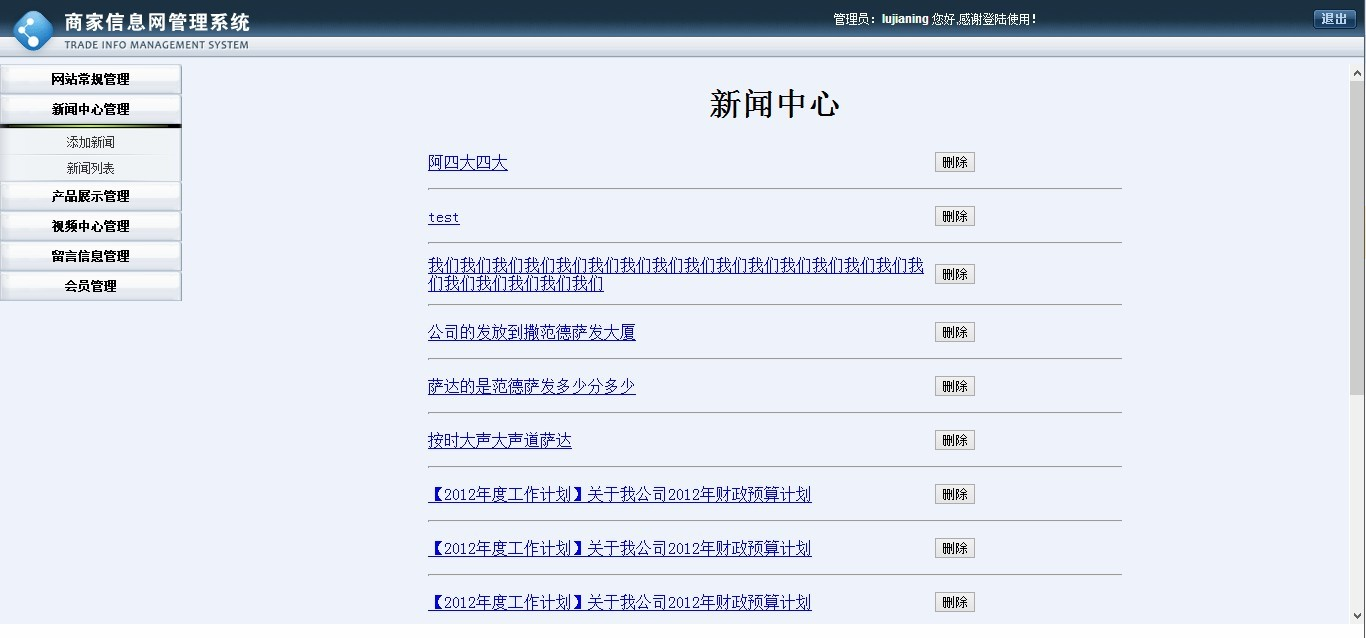公司通用门户网站的设计与实现
[摘 要]随着IT应用的深入普及,各行各业都积累了大量的信息资源,实现企业内部信息技术资源的有效整合和精益化管理,是越来越多公司企业的迫切需求。公司门户网站是一个企业向外宣传企业品牌和展示产品及开拓市场的有力工具,是行业或地区规模化效益的有力手段,是市场应对贸易全球化和管理信息化趋势时的一个必然选择。本文基于J2EE相关技术和B/S模式的MVC架构,使用SSH框架进行开发,合理运用设计模式,并遵循软件工程的开发思想,实现了预期的功能。系统对行业资源和行业信息进行有效的整合,不仅可以增强企业的宣传力度,增加企业产品展示和服务的机会。鉴于此,本文首先阐述了公司通用门户网站的需求分析的设计与实现,其次阐述了其相关技术的理论研究和实践运用。最后系统地实现了公司门户网站的基本功能,包括新闻、产品、视频、留言中心,公司信息介绍等,以及对应的后台管理。
[关键词]门户网站;Strusts2;Spring;Hibernate
Design and Implementation of the
Company General Portal
Abstract:With the popularity of the depth of IT applications, all walks of life have accumulated a lot of information resources, the effective integration of the internal IT resources and lean management has been the urgent needs of more and more companies. The company portal is a powerful tool for a business to publicize the brand and showcase products and develop new markets, a powerful means of the industry or region large scale effectiveness, and also is the inevitable choice for the market to response to the trend of trade globalization and management information. This article is based on J2EE technology and B/S mode MVC architecture, use the SSH framework for development, rational use of design patterns and the development of software engineering thinking to achieve the desired function. System for effective integration of industry resources and industry information can not only enhance the publicity of industry but also increase the chances of products for service. In view of this, the paper first describes the Design and Implementation of the portal needs analysis. Second describes the theoretical research and practical application of its related technologies. Finally realize the basic functions of the portal, including news, products, videos, message center, company information, and the corresponding background manage system.
Key words:Portal;Strusts2;Spring;Hibernate
目 录
1 引言 1
1.1 项目背景 1
1.2 项目说明 1
2 相关技术 1
2.1 J2EE相关技术 1
2.2 MVC相关技术 2
2.3 SSH框架技术 3
2.3.1 Strust2 3
2.3.2 Spring 4
2.3.3 Hibernate 4
2.3.4 SSH整合 5
3 系统分析 6
3.1 系统可行性研究 7
3.1.1 技术可行性 7
3.1.2 经济可行性 7
3.2 用户功能需求分析 7
3.2.1 门户网站前台分析 7
3.2.2 系统后台管理分析 8
3.3 数据需求分析 8
3.4 性能需求分析 9
4 系统设计 9
4.1 概要设计 9
4.1.1 系统设计目的和原则 9
4.1.2 系统概述 10
4.2 系统模块设计 10
4.3 数据库设计 11
4.3.1 E-R图的设计 11
4.3.2 数据表的设计 13
5 系统实现 15
5.1 系统开发工具的选择 15
5.1.1 开发工具和组件 15
5.1.2 相关插件工具 16
5.2 开发环境搭建 16
5.3 系统文件结构 17
5.4 系统配置文件 18
5.5 业务逻辑实现步骤 22
5.6 网站主要功能的实现 26
5.6.1 前台显示 26
5.6.2 后台管理 29
6 系统测试与运行 33
6.1 测试目的 34
6.2 测试时间 34
6.3 测试过程 34
6.4 测试结果 35
6.5 结论 35
结束语 36
参考文献 37
致谢 38
